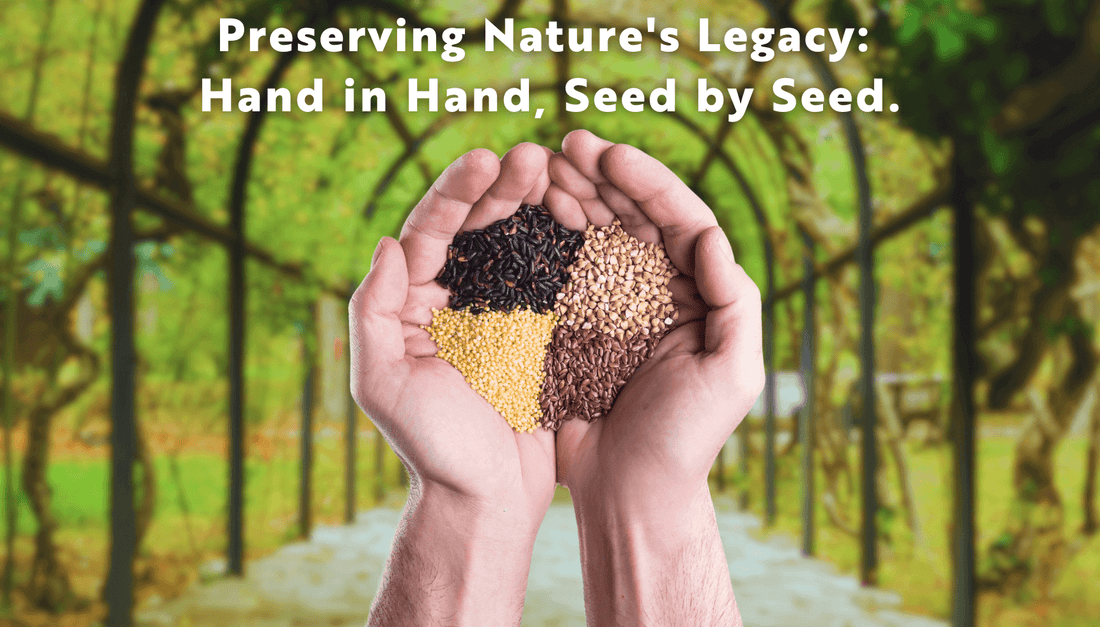Introduction:
In today's blog post, we'll be diving into an important topic that is close to the hearts of many gardening enthusiasts and environmentalists alike: the impact of climate change on heirloom seeds. Heirloom seeds carry a rich history and provide us with a diverse range of crops, but they are not immune to the challenges posed by a changing climate. In this article, we'll explore the effects of climate change on heirloom seeds and provide you with actionable recommendations to ensure their survival for future generations.
Understanding the Impact:
Climate change has become a pressing concern globally, affecting various aspects of our lives, including agriculture. Heirloom seeds are open-pollinated and often passed down through generations, making them an essential part of our agricultural heritage. However, they face unique challenges in the face of changing weather patterns and extreme climatic events.
Rising Temperatures and Erratic Weather Patterns:
One of the key impacts of climate change on heirloom seeds is the rising temperatures and erratic weather patterns. These changes can affect pollination rates, seed germination, and crop yields. It is crucial to adapt our gardening practices to ensure the survival of heirloom seeds in these changing conditions.
Choosing Climate-Resilient Varieties:
When it comes to preserving heirloom seeds in a changing climate, it's important to select climate-resilient varieties. Look for seeds that have demonstrated tolerance to heat, drought, or other extreme weather conditions in your region. By choosing these varieties, you increase the chances of successful germination and crop production.
Seed Saving and Storage Techniques:
To safeguard heirloom seeds for the future, it is essential to practice seed saving and proper storage techniques. By saving seeds from your own plants each season, you maintain a diverse gene pool and adaptability in your crops. Ensure that you store seeds in cool, dry conditions to maintain their viability for longer periods.
Promote Biodiversity and Seed Exchanges:
Encouraging biodiversity in your garden can also contribute to the survival of heirloom seeds. By growing a wide range of crops, you provide a habitat for beneficial insects, which aid in pollination and control pests. Additionally, participating in seed exchanges or joining community seed banks can help preserve rare and endangered heirloom varieties.
Conclusion:
In conclusion, climate change poses significant challenges to the survival of heirloom seeds. However, by understanding the impacts, selecting climate-resilient varieties, practicing seed saving techniques, promoting biodiversity, and engaging in seed exchanges, we can ensure the future existence of these valuable plant genetics. Let us all play our part in preserving our agricultural heritage for generations to come.
Remember, the future is in our hands, and by taking action today, we can secure a sustainable tomorrow for heirloom seeds and the diversity they offer.
Now go forth and sow the seeds of change!

